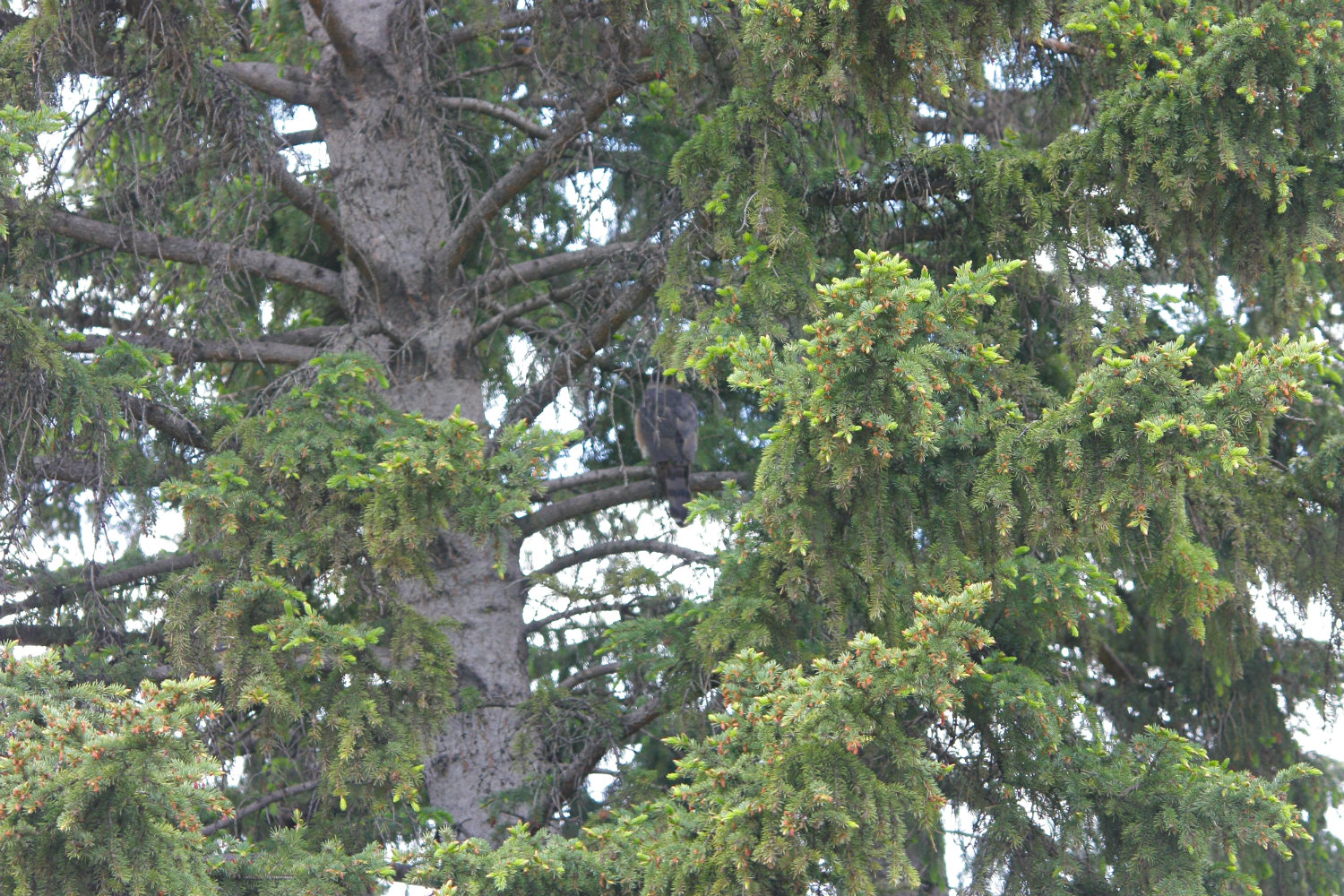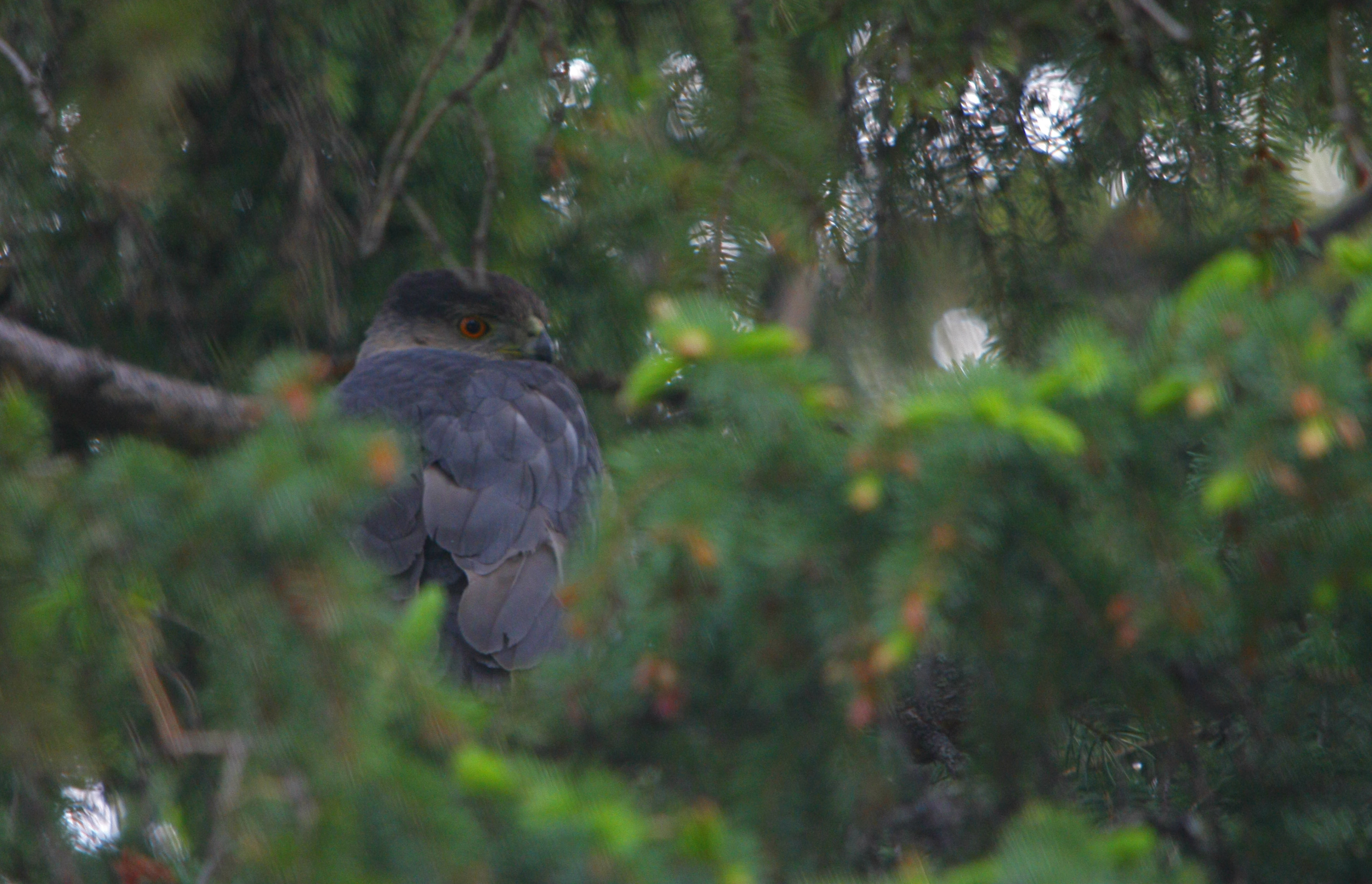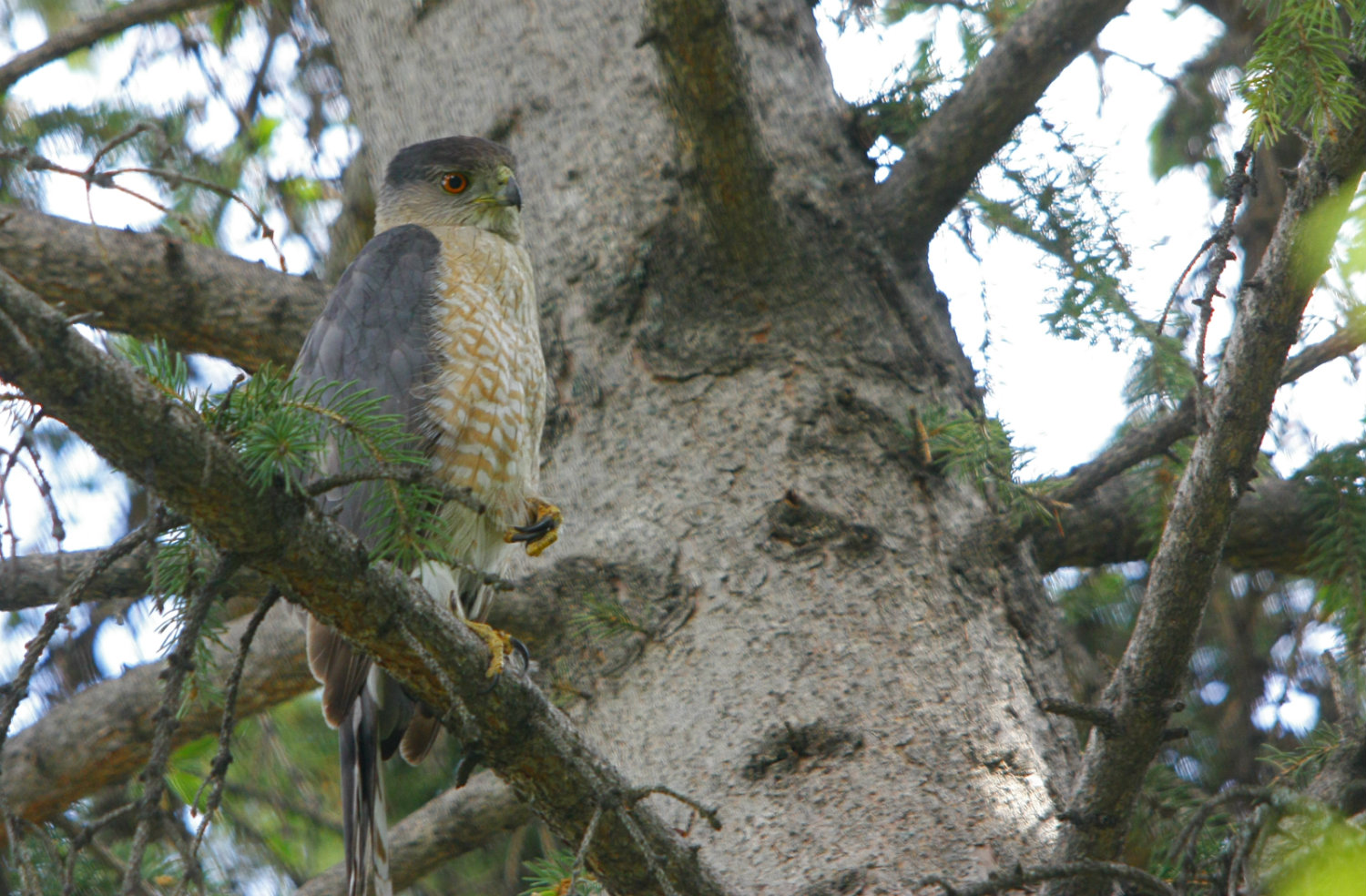Have you seen an unusual bird in Calgary?
If it is on this Reportable_Birds (PDF), please report it to the Nature Calgary Rare Bird Alert line at 403 221-4519 and leave a message after the beep at the end of the recording. If you would like some help with species identification, email us at birdscalgary@gmail.com. To report injured wildlife call the Calgary Wildlife Rehabilitation Society at 403 239-2488, or the Alberta Institute for Wildlife Conservation at 403 946-2361.
Compiled by Terry Korolyk
MAGNOLIA WARBLERS have been widespread in Calgary and BLUE-HEADED
VIREOS have been reported in Confederation Park throughout this reporting period.
AUG 23
OLIVE-SIDED FLYCATCHER – 4 seen by Gus Yaki et al at Inglewood Bird Sanctuary
BLACK-AND-WHITE WARBLER – Confederation Park, Colin Young
RUBY-THROATED HUMMINGBIRD – Confederation Park, Bill Wilson
AUG 24
HAMMOND’S FLYCATCHER – Terry Korolyk, Glenfield area of Fish Creek PP east of the Macleod Tr Bridge
PACIFIC SLOPE FLYCATCHER – Bill Wilson, Confederation Park northwest Calgary
BLACK-AND-WHITE WARBLER – as above
TOWNSEND’S WARBLER – 2, as above
AUG 25
SHARP-TAILED SANDPIPER – a shorebird seen at the slough 2 kms south of Hwy 552 on 304 St south of Carseland by TK may have been a Sharp-Tailed Sandpiper
SEMIPALMATED PLOVER – 1, in location above
STILT SANDPIPER – 300, as above
SEMIPALMATED SANDPIPER – 400, as above
AUG 26
BLACK-AND-WHITE WARBLER – 3, Confederation Park, BW
CANADA WARBLER – Mallard Point, Fish Creek PP, TK and Nature Calgaryfield trip participants
RUBY-THROATED HUMMINGBIRD – fem/imm; seen by above group at the Visitor’s Centre at Bow Valley Ranch in Fish Creek PP; also one seen in Confederation Park by BW
WESTERN TANAGER – female, Carburn Park, Steve Kassai
The next scheduled update of the bird alert is on Thu Aug 30.
BIRD STUDY GROUP
Bird Study Group meets 1st Wednesday of the month, 7:30 pm, Room 211,
BioSciences Building, U of C. Wednesday September 5, 7:30pm: Raptors and Friends – presented by photographer Rob McCay.














































